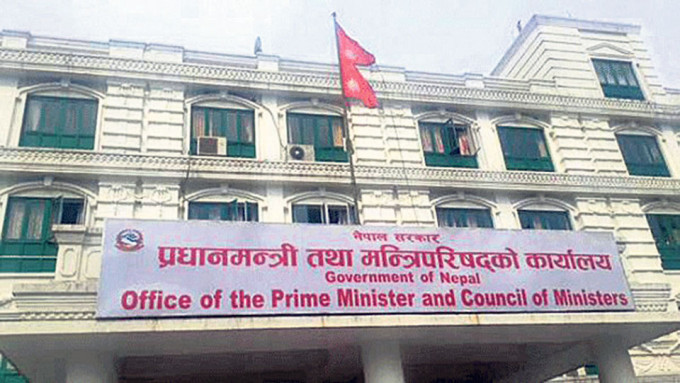A child with risk factors for heart disease has to wait nearly a year to see a cardiologist in the United States today due to high demand and constrained resources.
They could use this valuable time to manage their illnesses and avoid having a heart attack or stroke.
The Ann & Robert H. Lurie Children's Hospital in Chicago and Northwestern University recently published the first comprehensive study on the practise of paediatric preventive cardiology in 30 years. It was found that children with cardiovascular disease risk factors were very common, but there was a severe lack of staff and resources to provide the prompt, preventive care these children needed.
In the journal Circulation: Cardiovascular Quality and Outcomes, the study's findings were released.
The study, according to the researchers, should be taken as a call to action for policymakers and healthcare systems to allocate more funds, such as increased investment in paediatric preventive cardiology, more research to guide clinical care, and more collaboration between programmes to develop best practices.
“We’re not talking about primordial prevention — they’ve already got risk factors and are at risk for having an early heart attack or stroke,” said corresponding study author Dr. Amanda Marma Perak, assistant professor of pediatric cardiology and preventive medicine at Northwestern University Feinberg School of Medicine and a pediatric preventive cardiologist at Lurie Children’s Hospital.
“It’s the difference between treating and controlling their risk over time versus letting that risk factor damage their vessels over many years to the point you’ve lost ground.”
These risk factors can and should be screened for at pediatric primary care appointments so children can be referred to a cardiologist if necessary, but therein lies the problem of limited resources, Perak said.
“It's unfortunate because paediatrics is such a great opportunity to address these risk factors before they often disappear from clinical care for a while as young adults when maybe they’ll be more at risk because they haven’t been looked at for so long,” Perak said.
Heart disease is the leading cause of death for adult men, women and people of most racial and ethnic groups in the U.S., with one person dying every 33 seconds from cardiovascular disease, according to the Centers for Disease Control and Prevention.
“Parents with children on a long wait list might be panicking, but they might also get the message ‘this isn’t that important,’” Perak said. “They’ve been referred by their primary care provider, but the longer they’re on this waitlist, the more likely they are to not go to the appointment because months later, life has changed, more things are going on, who knows where the cholesterol levels are.”
Perak said she fears the paediatricians might also be getting the same message.
“If primary care paediatricians don’t have anywhere to send these children, their hands are tied, and they may be less likely to refer a patient to a specialist,” Perak said.
Perak said parents can work with their paediatrician to identify local programs to manage their child's cardiovascular risk factors. The American Heart Association (AHA) is working to coordinate efforts to help address these gaps and challenges and to raise awareness with other stakeholders, such as policymakers, who need to take action, she said.
Lurie Children’s Hospital has been working to improve its waitlists, with new preventive cardiology patients in Chicago or the suburbs waiting between just one week to one month to be seen by a specialist in person or via telemedicine.
Additionally, Perak said Lurie Children’s Hospital has hired additional advanced practice nurses to hold preventive cardiology clinics and is currently working to start a “mobile” clinic that will travel to underserved neighbourhoods to offer care on-site.
One outcome Perak and the AHA hope will come of these findings is to find ways to make kids’ heart disease management more efficient for everyone — not just the patients and their cardiologists, but also physicians in other specialities, such as endocrinologists, nephrologists and weight-management specialists, Perak said.
“We want to figure out how to make care more efficient, with everyone following the same guidelines, so that one child isn’t sent to five different specialists, which will free up appointments for other children,” Perak said.



1720699347_680.jpg)


